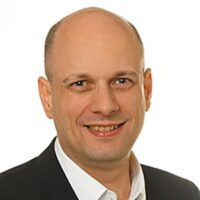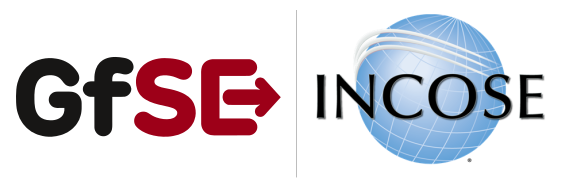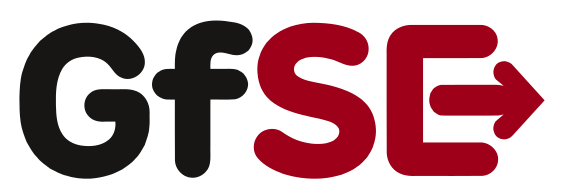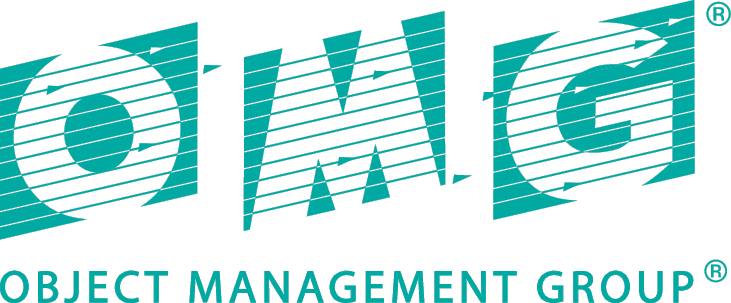Agilität im Systems Engineering (AgileSE)

In line with our motto: “Better agile with systems engineering”, we work with and on principles, practices, methods, frameworks and underlying thought patterns that bring together the approaches of agility and systems engineering. The intelligent integration of both approaches makes it possible to develop complex systems under volatile and uncertain conditions, even with large teams and in complex and existing organizational structures. Because “agile doesn't work for us” has now been disproved many times around the world.
Current Goals

With SEBRAS ("Systems Engineering for Business Reactivity and Agility with Stripes"), we describe "patterns and stripes" for agile systems engineering. Based on systems engineering, we want to use memorable metaphors to trace complex working methods in dynamic environments back to easily understandable principles and concepts and the resulting patterns. The focus here is on the "Stripes over Sprints" approach, in which different perspectives of system development (technical, organizational, business) are taken into account. This promotes a continuous, iterative and layered way of working that is also flexible and scalable in the respective context.
While models play a central role in systems engineering, they are often seen as less important or even contradictory to agile working. However, MBSE models are highly conducive to an agile approach. While the SE models are used in particular for system analysis and system synthesis of the solution space, the lightweight and human-centered models of agile methods can be used especially for exploring the problem space. We argue how the use of models in the context of agile working methods can make a holistic contribution to development.
We use a simplified case study to check whether the findings of our work can also be applied in practice. We use the fictitious development of a garden barbecue by the imaginary company “GrillGut” as an example. GrillGut is a traditional manufacturer that has set itself the goal of sustainably digitalizing its product portfolio and product development in order to be able to react more flexibly to market changes. We work with diagrams and models (SysML®, agile and other models) to create a coherent system model. Among other things, this helps us to validate and identify the significance of our hypotheses and thought models.
The increasing demands on flexibility and creativity accompanied by comprehensive digitalization also require an adaptation of working methods and procedures in the systems engineering context. This raises the question of feasibility during implementation. We contrast the principles of agile working methods with the principles of systems engineering and discuss the ways in which the two approaches contradict or support each other. The comparison shows that the two working methods complement each other very well from different perspectives.
Publications
"SEBRAS - Stripes over Sprints: Agilität plus Systems Engineering neu gedacht"
J. Rambo und Th. Dorsch, et al., REConf 2025, 6.-7. Mai 2025
"Besser agil im Systems Engineering mit Modellen"
P. Dahlke et al., Tag des Systems Engineering, Jg. 2023, S. 172-178, 2023
"Besser agil mit Systems Engineering, Agile needs Systems Engineering"
E. Appel, A. Neng, and J. Matevska, Tag des Systems Engineering 2022: Tagungsband Paderborn, 16.-18. November 2022, vol. 20, pp. 108, 2022
Further publications and recommendations from the working group can be found in our source collection.
Did this working group raise your interest? Contact vie e-mail
Point of Contact








